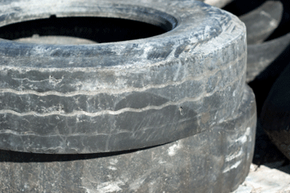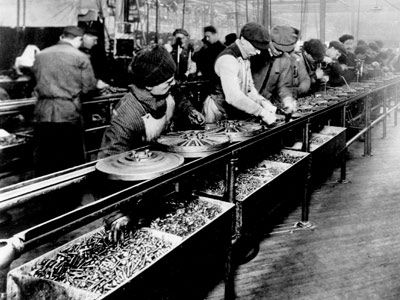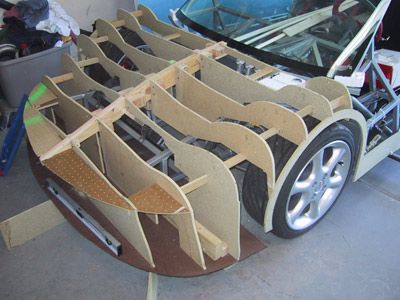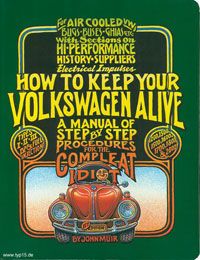Tire rotation is one of the easiest auto maintenance tasks to accomplish, but it's very important. Done properly, it can extend the life of your tires, improve your gas mileage and ensure that your car handles in a steady and predictable manner when you need to make a sudden turn or stop. Of course, when we talk about tire rotation, we don't mean the rotation of the tires around the axles when the car is in motion -- we're talking about moving the tires to different locations around the car so that they wear evenly.
If you left all four tires in the same corner of your car for years and years, some tires would wear out faster than others. Worse, some of the treads in individual tires could wear unevenly, with the inside or outside wearing out first. Uneven tread wear is unavoidable. The weight of a car is not distributed evenly to all four corners. The engine, the heaviest single thing in a car, is usually at the front, so the front tires tend to carry more weight. The front tires also take care of all the steering duties. Plus, when you apply the brakes, the weight of the car shifts forward. Think about how often you brake while cornering, and you'll begin to understand why front tires almost always wear out faster than rear tires.
Advertisement
Uneven wear can also be the result of a mechanical problem with the car. If the tires aren't aligned properly, some of the tires will tend to "drag" and wear poorly. Worn-out suspension components can alter the weight distribution, particularly when cornering, adding to tire wear. Tires that are improperly inflated will also wear unevenly. If you want to see what uneven wear looks like, check out the tires the next time you rent a car. Car rental companies are notorious for not rotating the tires on their cars regularly -- combined with the heavy use they experience, rental cars often show very uneven wear.
The key to avoiding uneven tire wear is regularly moving each tire to a different corner of the car. This way, each tires experiences a variety of wear patterns over time, and wears out at the same rate as the other tires. Your car's owner's manual should tell you how frequently tire rotation is recommended. Schedules range from every 3,000 to 7,000 miles. As a rough estimate, rotating your tires every other time you change your oil should keep them wearing evenly. If you're getting new tires or getting some of your tires balanced, the rotation should be free, and some tire retailers offer lifetime tire rotations with the purchase of a set of tires. If you're paying for a tire rotation, it isn't especially expensive. A price of $20 to $30 is reasonable. Of course, rotating tires requires no technical knowledge, so you could buy a jack and a set of jack stands and rotate them yourself. You'll probably save money in the long run.
The exact rotation pattern depends on the vehicle and the tires themselves. Again, the owner's manual should describe the recommended pattern for particular car. The standard pattern is to move the front tires straight to the rear, and move the rear tires to the front, but cross them over (so that the right rear ends up on the left front). The reverse pattern (rear to front, front to rear with a crossover) is also common. The exact pattern isn't really that important as long as you're consistent each time you rotate the tires. Just make sure every tire spends some time at each corner of the car.
Some vehicles require different patterns. Unidirectional tires shouldn't be crossed over, and older bias ply tires should also not be crossed. If your vehicle has different size tires on the front and rear, obviously you can't switch them. In such a case, simply move rights to the left and vice versa. If you have a full-size spare tire (that is, a real tire, not a small "donut" spare), you should include the spare in the rotation so all five tires wear evenly. Follow the normal rotation pattern, but put the spare at the right rear corner. Whichever tire would have gone to the right rear goes in the trunk and becomes the new spare.
Don't overlook tire rotation. Just a few minutes of maintenance will keep your tires wearing evenly, improving your car's handling and overall performance.
Advertisement



